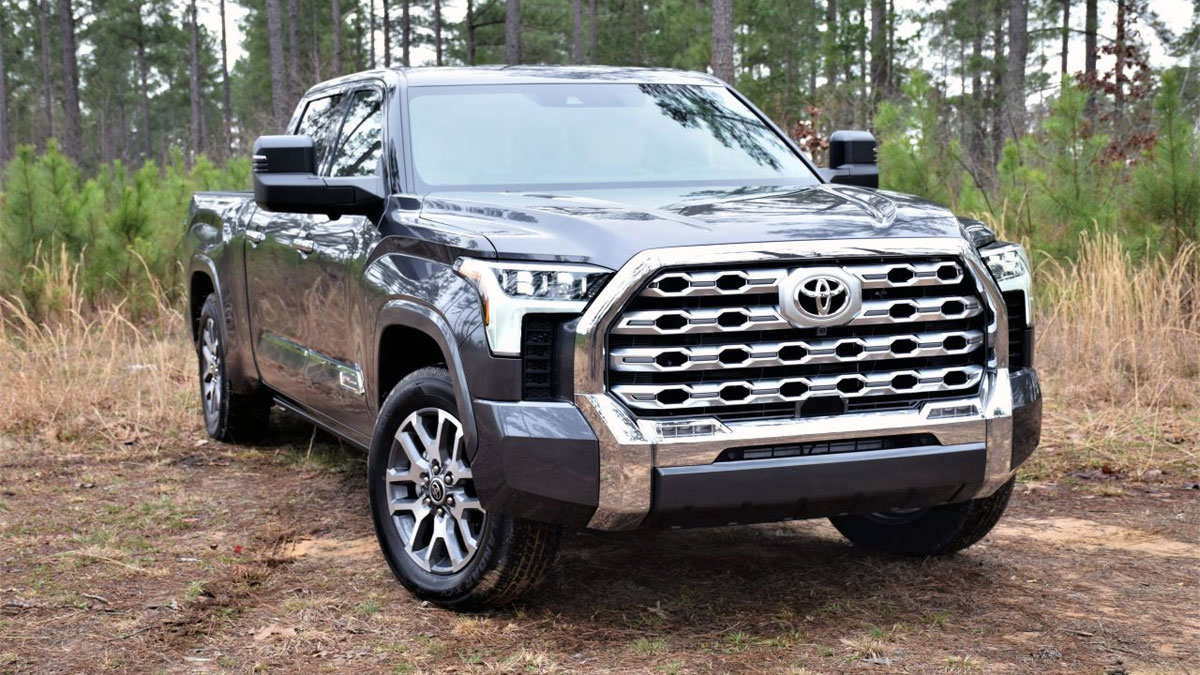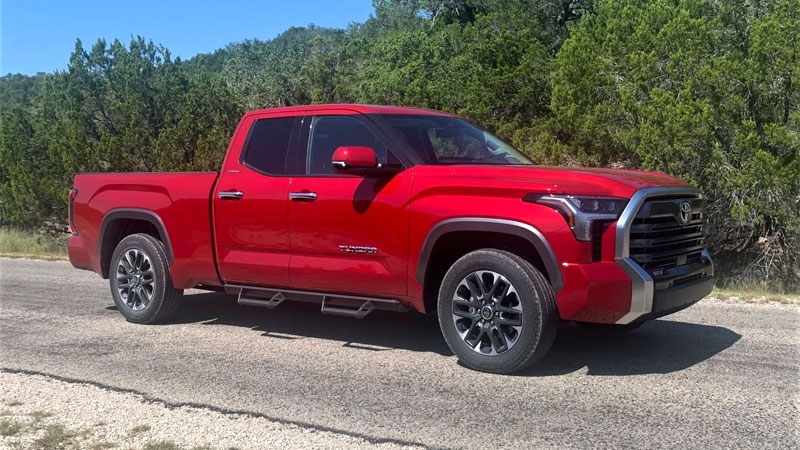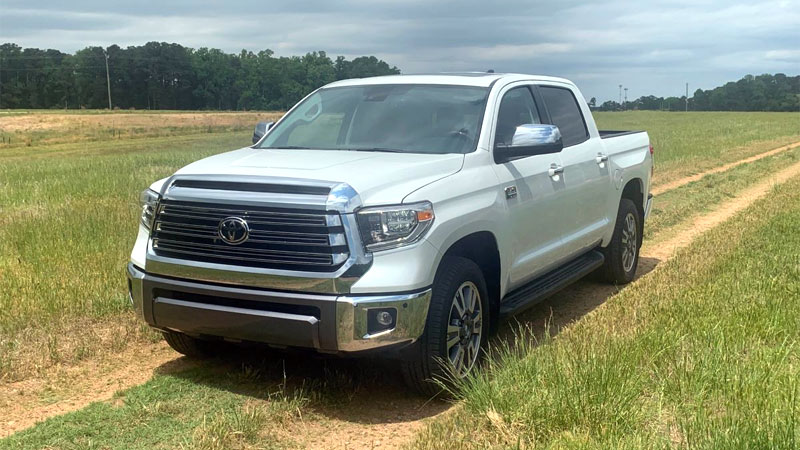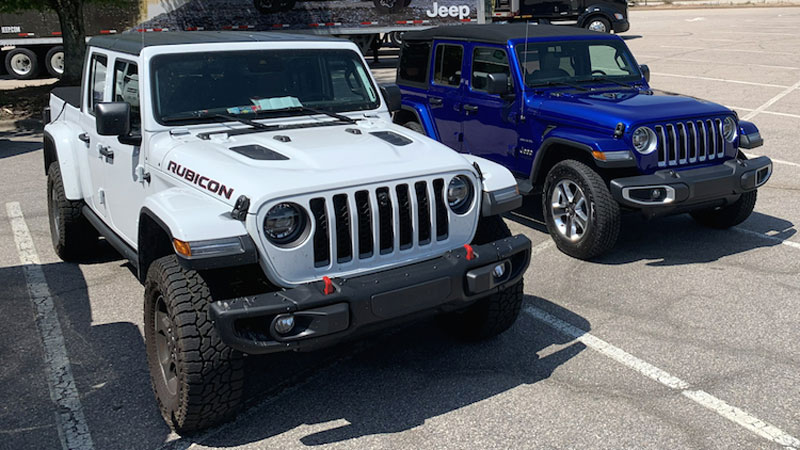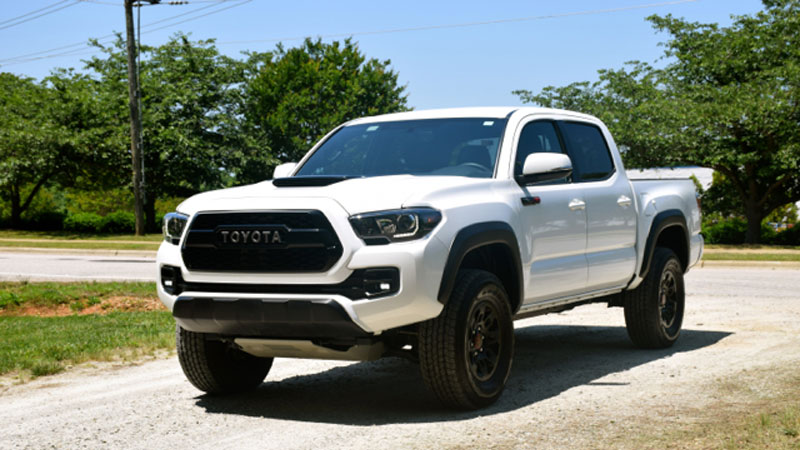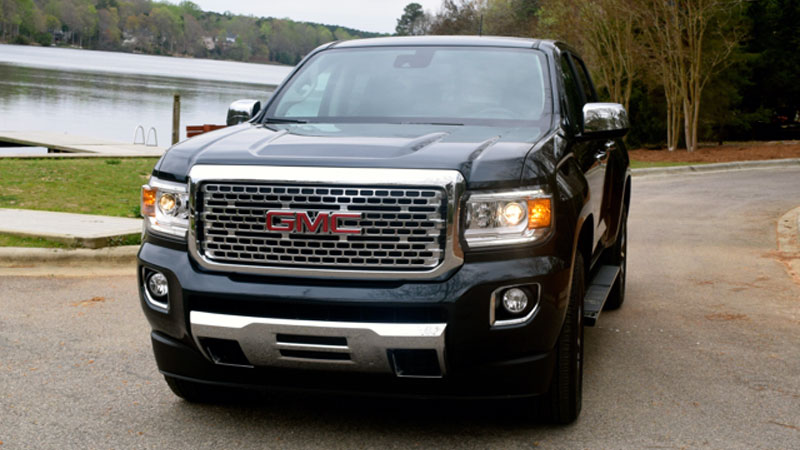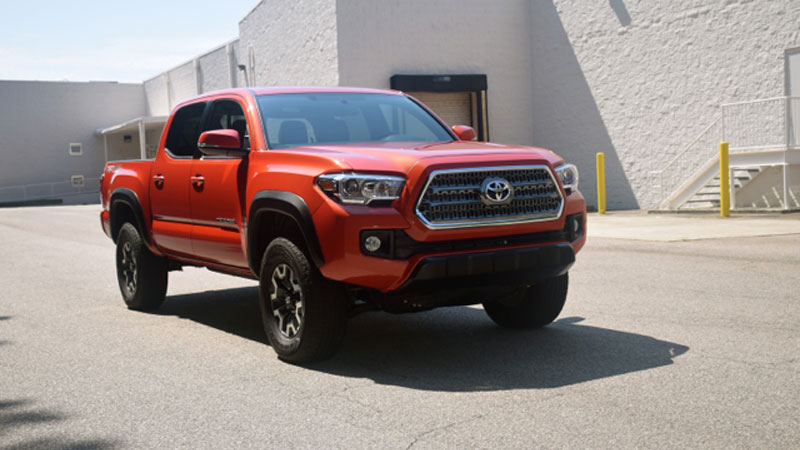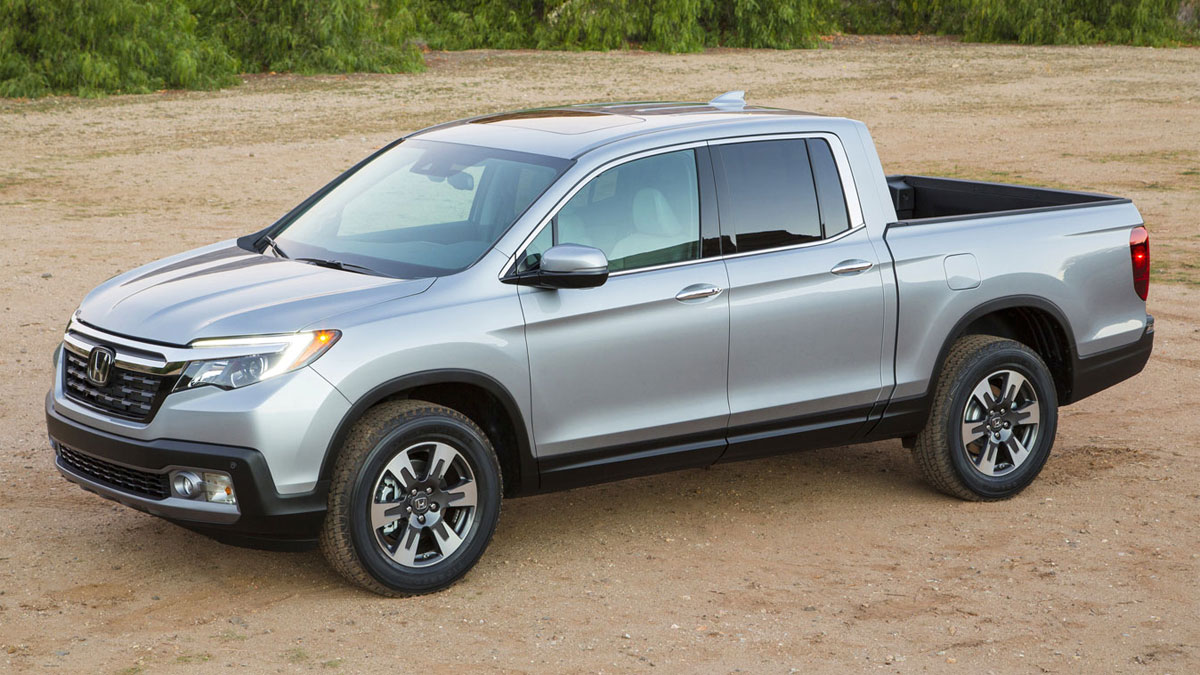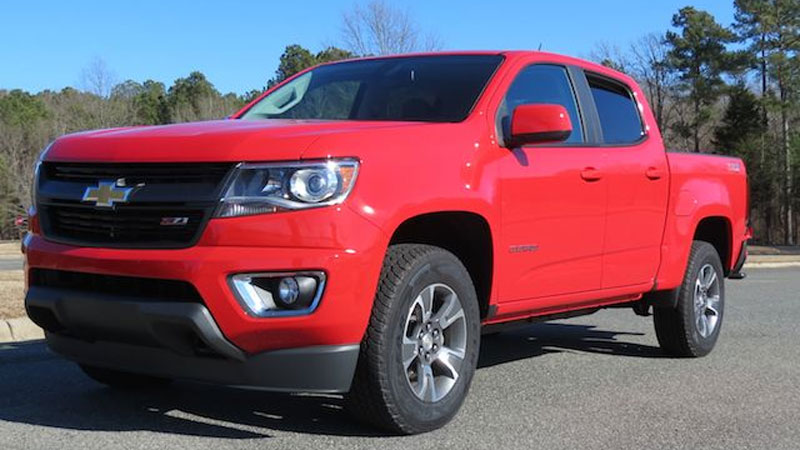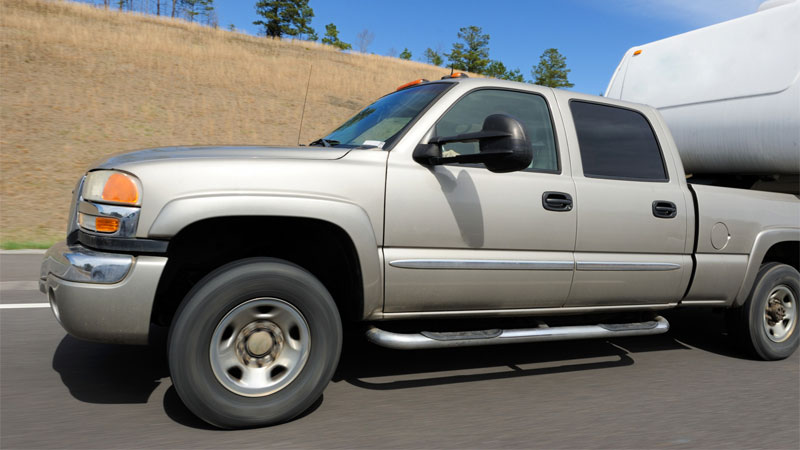Toyota’s Tundra Takes a Leap Forward: Reviewing the Revamped 2022 Model
Until the late 1960s and early 1970s, Japanese vehicles were not much of a threat in the U.S. market. At that time, the Big Three domestic manufacturers dominated, with General Motors, the Ford Motor Company, and the Chrysler Corporation battling it out. Sure, Volkswagen had a place at the table … Read more

